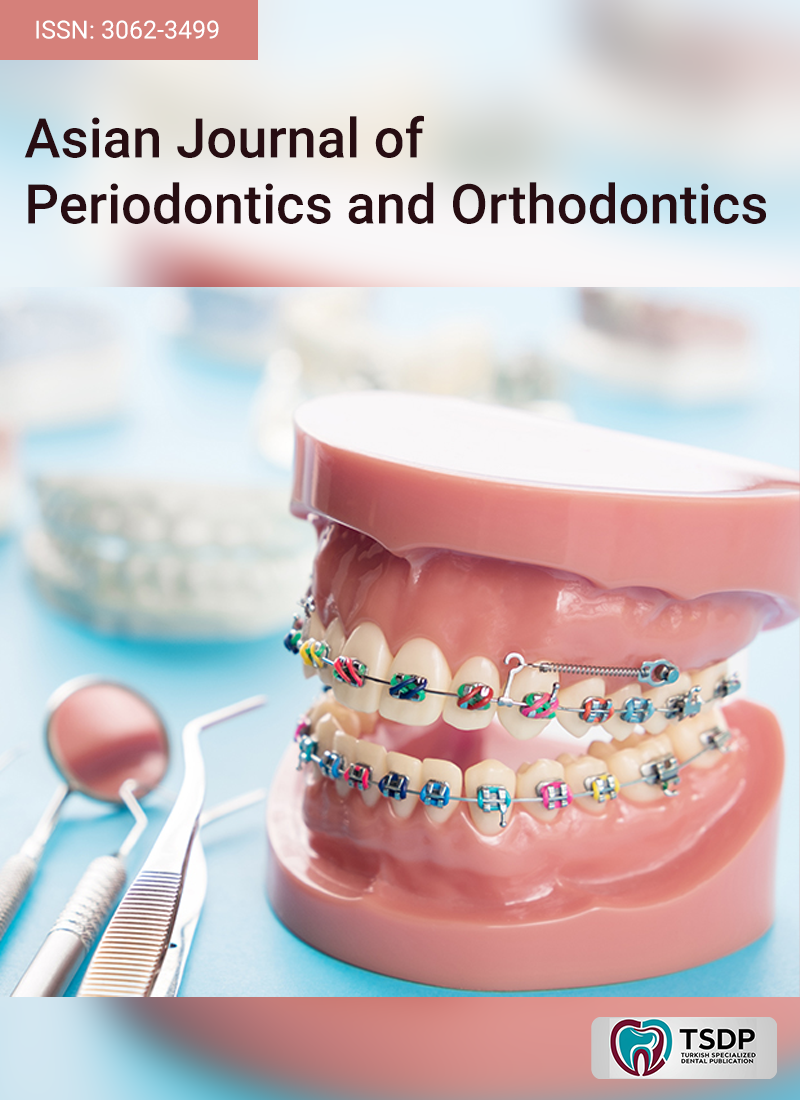
Because they offer improved retention, stability, support, and stable occlusion, as well as reduced forward sliding of the prosthesis and improved control over mandibular movements due to proprioception feedback that improves chewing efficiency, telescopic dentures are thought to be a good alternative to traditional removable dentures. A well-made prosthesis that is maintained with great care and has good clinical and laboratory knowledge can be successful. The use of sophisticated digital software in the construction process eliminates human errors and allows for the rapid creation of a digital prosthesis. Unlike the traditional prosthesis, this article aimed to explain the importance of preserving the natural remaining teeth and the creation of digital telescopic dentures utilizing additive 3D printing (DMLS) and subtractive milling technology, as well as the use of dissimilar materials for a friction fit.